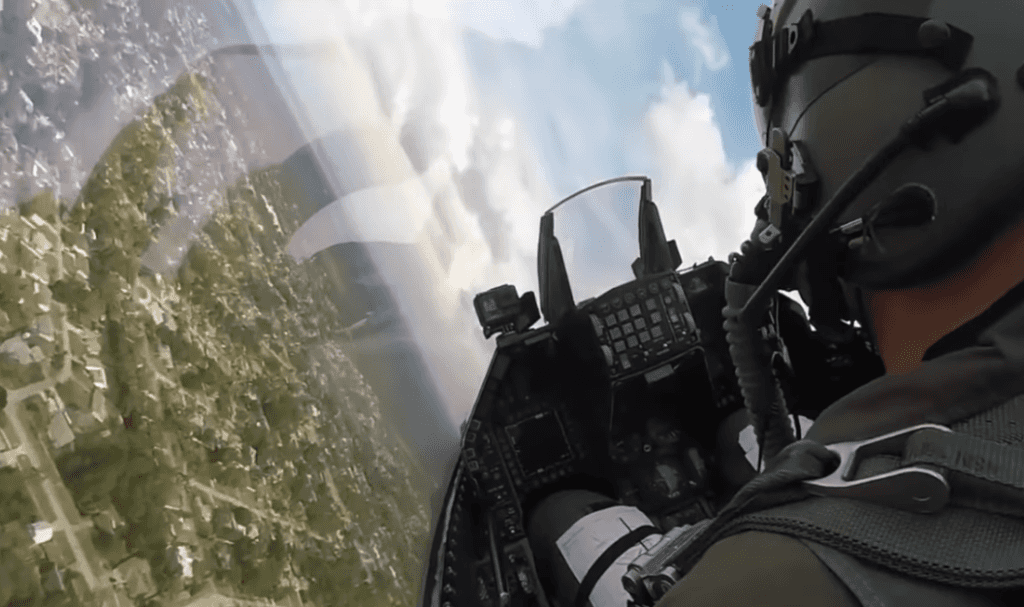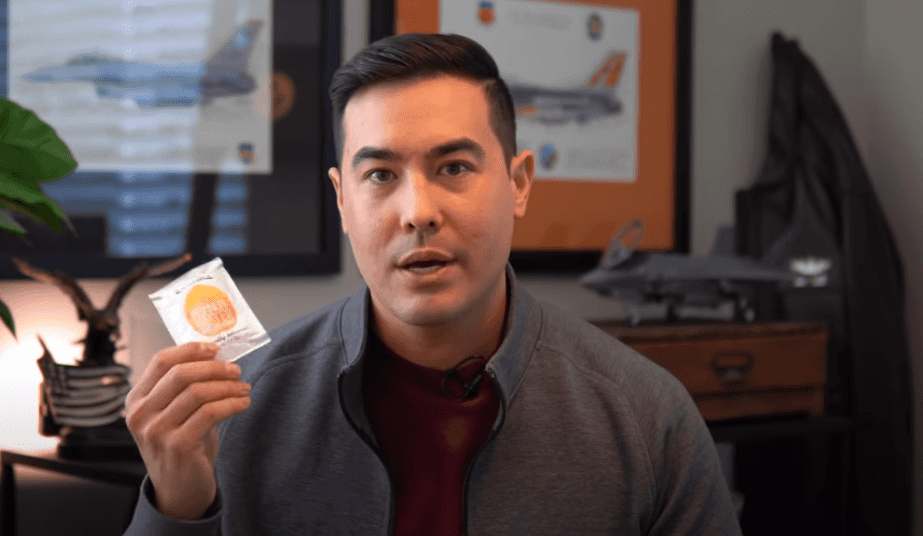People tend to think about the dangers and excitement associated with the profession when considering life as a United States Air Force Fighter Pilot. In fact, there is so much excitement that people tend to overlook the less exhilarating questions like how long the missions are and how pilots sustain themselves in the air.
Fighter jets are designed to be as agile as possible with very little room for extra belongings like a lunchbox. By design, fighter jets are nimble and limited in how much fuel they can carry, so training missions often last 60 to 90 minutes, negating any need to bring food onboard. In real life, however, missions can last anywhere from 6-12 hours with refueling happening in-flight. These missions require meal planning to keep pilots sustained and hydrated so they are mentally focused.
In a December 2020 video, U.S. Air Force fighter pilot Hasard Lee shares what it’s like to eat and drink while piloting F-16 and F-35 fighter jets. Watch it below:
Lee pointed out that “it is important to drink a lot of water. Just being three percent dehydrated can reduce your G-tolerance times by 50 percent.” G-tolerance is the tolerance of a person to forces that develop as a result of acceleration or deceleration. In a fighter jet that quickly accelerates and decelerates, a considerable reduction in G-tolerance can be detrimental, causing the pilot to pass out during flight.

Lee said he’s tested out a variety of different methods for staying hydrated, including Nalgene bottles and CamelBak packs. His preferred method is a simple 1-liter plastic water bottle that can be refilled and reused for about a week, then thrown away and replaced with a new one.

Lee’s only issue with the plastic water bottle method is the cap that requires constant screwing on and off during use. If that cap gets lost under the seat, it can prevent the ejection feature from working in case of emergency and will require the mechanics to take apart the entire system upon his return to make sure it works properly.
When it comes to eating on long trips, Lee keeps it easy, sticking to peanut butter and honey packs. These are tiny and lightweight which are crucial for taking into the cockpit. The peanut butter and honey provide a boost of sugar and protein to sustain him long enough until he lands safely on the ground and has the opportunity for another full meal.

A former go-to meal for Lee was protein shakes until one exploded in his helmet bag and left him with a mess to clean up.
At the end of the day, it comes down to pilot preference. Different pilots have different methods of sustaining themselves and staying hydrated in the air. Regardless of pilot preference for water bottle or food type, one thing is clear: pilots must remain focused and alert, and being hydrated and fueled with portable foods is essential for that.



